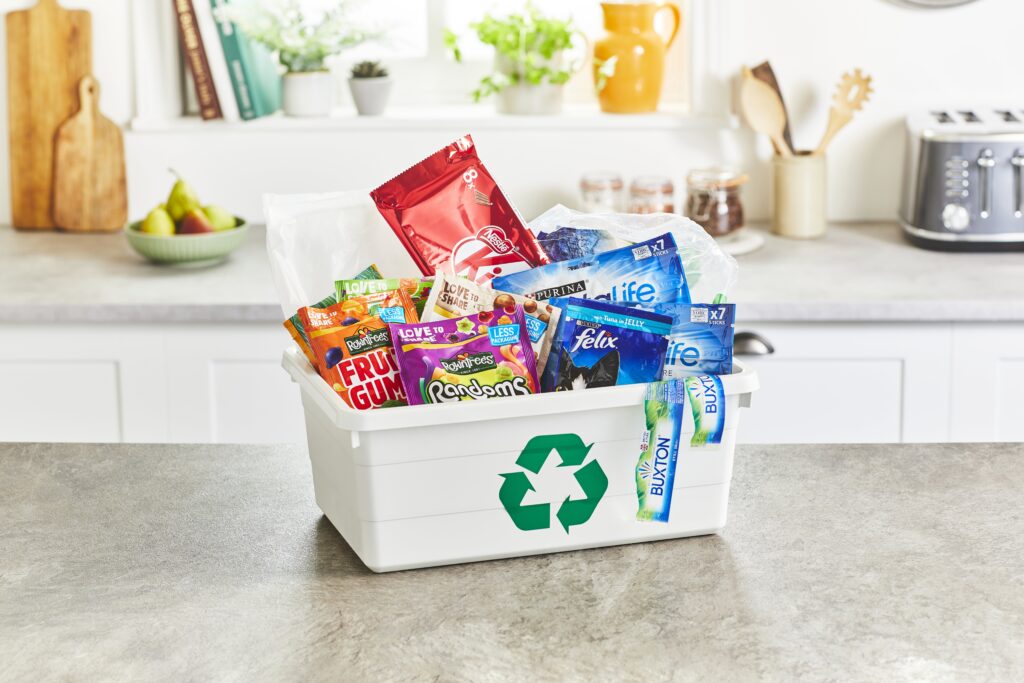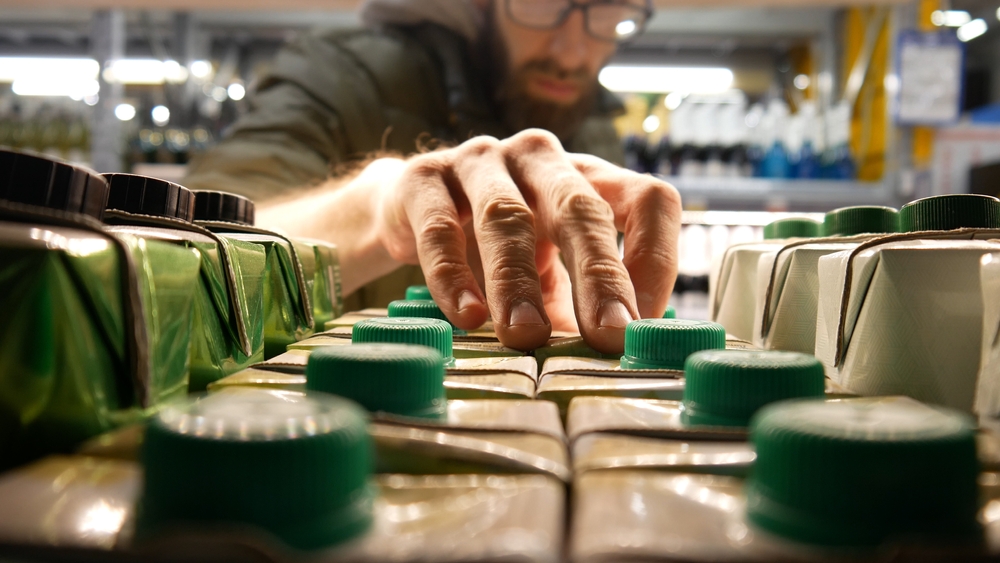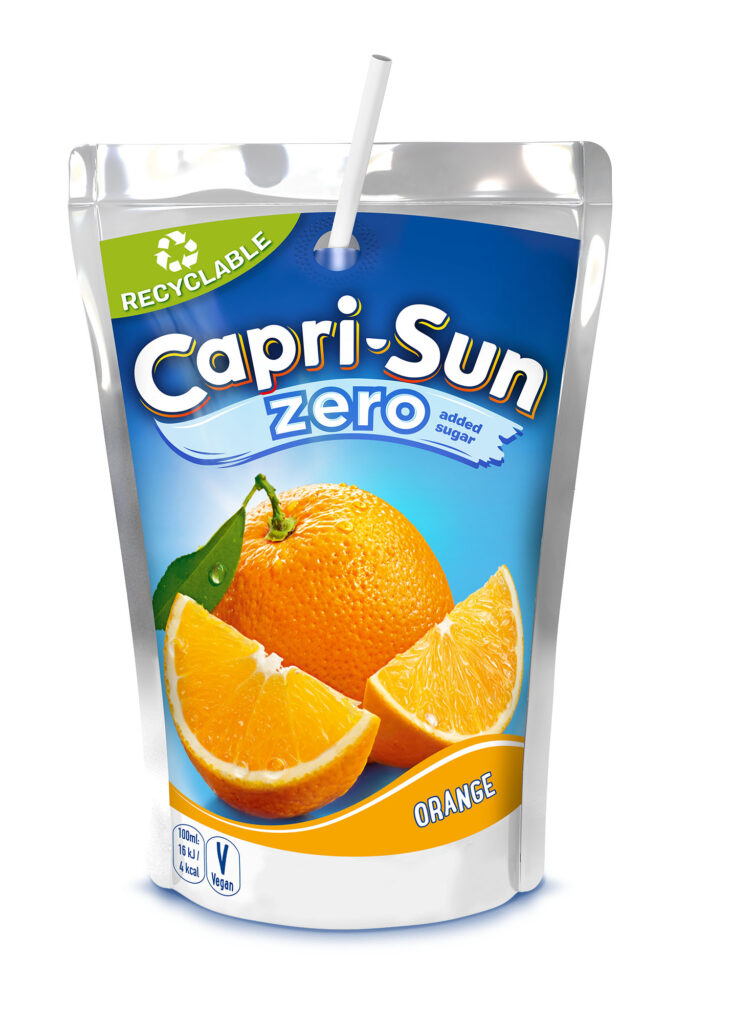Consumer goods giant Unilever has called on councils and waste management firms to engage with manufacturers, in a bid to improve the recyclability of packaging.
At the LARAC conference on Thursday (October 18) Louis Lindenberg, global packaging sustainability director for Unilever, asked the waste industry to engage with the firm to help drive packaging waste from landfill and push it higher up the waste hierarchy.

Also, in a session on sustainable products and packaging, Linda Crichton, head of collections and quality for the Waste and Resources Action Programme (WRAP), spoke about how the design of a product can affect its impact on the environment.
In his presentation, Mr Lindenberg explained that the design of packaging plays an important role in its end destination, and that Unilever was working to improve its packaging. However, he said input from reprocessors was needed.
Speaking at the conference, Mr Lindenberg said: We want you to engage with us. We want to understand what issues you have from sorting the materials through to getting a high quality out of them.
We have been working on how we can lift it up the waste hierarchy. We need to know how can we make it easier for the collectors and the reprocessors.
He explained that even minimal changes to packaging can make a big difference. For example, shaving a gram of weight off packaging for a product which is distributed globally could save billions of grams of raw materials from being used and reduce the amount of waste arising.
However, he said there is a limit as to how much packaging can be reduced: We use quality as a marker as to how we do our designing. If we use too much packaging it is an additional cost to the business and also has an environmental impact. However using too little packaging also has issues. We can only reduce packaging to a certain point before we reduce the quality of the product. This means we need to look at activities and programmes that can drive the waste from landfill.
Sustainable
Mr Lindenberg also highlighted the work being undertaken through Unilvers sustainable living plan. The plan outlines moves to reduce, reuse and recycle packaging as well as reduce waste from the manufacturing process. In 2011, Unilever reduced its packaging by 4%.
He added that looking at packaging at the end of its life was an area of growing importance to Unilever and that it would be continuing its work with local authorities to ensure acceptable solutions can be found.
In May 2012, the firm partnered with Brentwood borough and Chelmsford councils to launch a widespread campaign to encourage the recycling of tea bags (see letsrecycle.com story).
WRAP
Also in the session on packaging, Linda Crichton from WRAP spoke about the importance of product design in minimising their environmental impact. She discussed work being undertaken by WRAP to understand the environmental impact of various products.
The body of work looks at various areas, such as water, waste and raw material usage, of products. It involves over 260 categories which covers 150,000 products.
Discussing the project, she said: The key is we are currently focusing on the improvement of the end products. We also know that they represent over half of UK household emissions impacts in terms of greenhouse gases.
In addition to this research we are building a knowledge base of the practical advice that the industry can take to minimise their environmental impacts. We will also begin to develop action plans for environmental products and areas.
Giving an example of how product design can have environmental impacts, Ms Crichton said that innovation in clothing design could allow it to be washed at lower temperatures. She also said it was important to note the environmental impact of products during use. For example, one of the main environmental impacts from shower gel occurs during its use owing to water and energy usage.











Subscribe for free